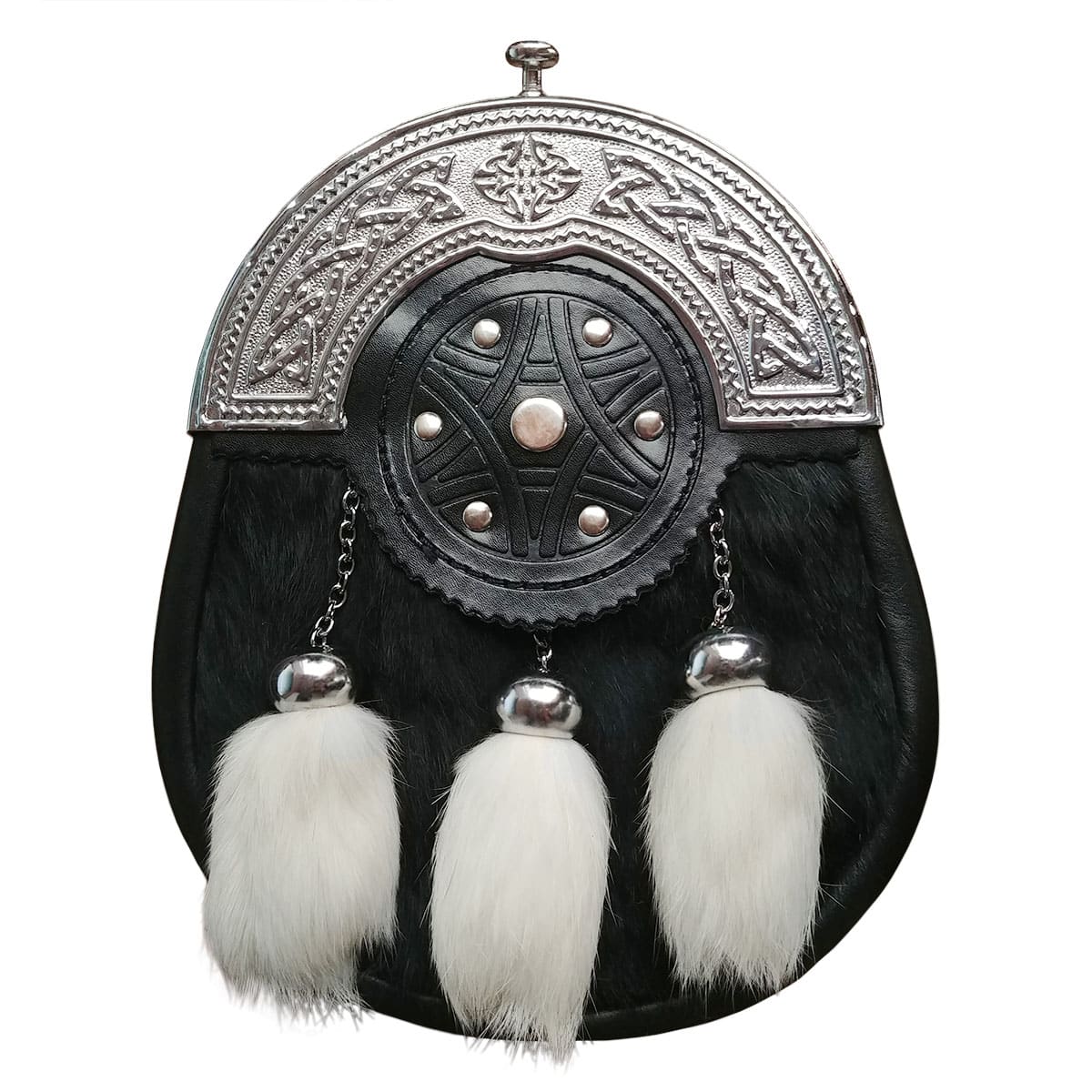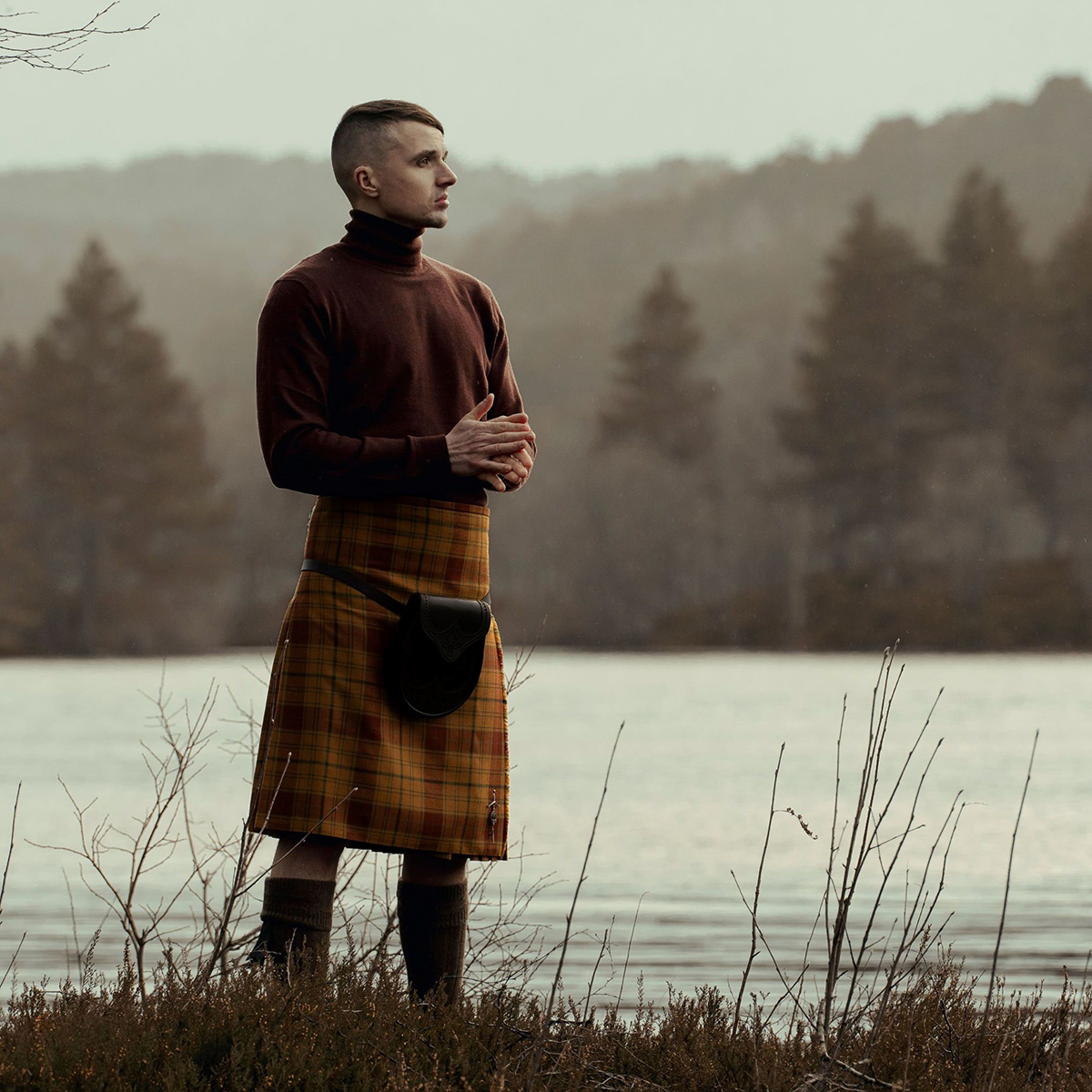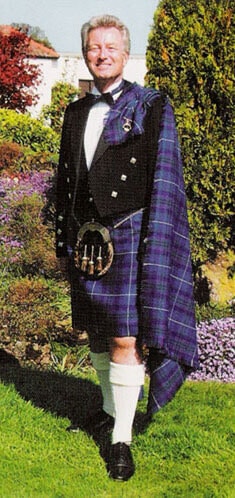So you’ve swabbed the inside of your cheek and done the genealogy research. You’ve discovered you’re Scottish, Welsh, or Irish, or that you’re related to Robert the Bruce. You’re excited, and now you want all the swag to let people know you’re basically a highland warlord.
We get it. Unfortunately, it’s no longer socially acceptable to strip down and paint yourself blue, Braveheart-style. Let’s look at some other options that will hopefully produce a similar effect without getting you arrested.
Of course, that can mean a kilt in your clan tartan. A kilt is a popular option, as it is often the most readily-identifiable demonstration of Celtic family pride.
But there is another ancient way to show that you are a proud member of a family: the Coat of Arms.

What is a Coat of Arms and Where Does It Come From?
Fans of a particular HBO show and its source material will be familiar with the concept of Coats of Arms. It’s a compelling image: a knight in the thick of battle, facing overwhelming odds, looks up from the fray. Emerging from the muddy, bloody fog of war, he sees his family standard; his kin have come to his aid.
Coats of Arms aren’t from the world of fantasy, however. They originated in medieval Europe. As in the scenario described above, they helped with battlefield identification.

But Literally, Why is it Called a Coat of Arms?
The Coat of Arms was literally a coat, or a surcoat to be exact. The surcoat was a protective tunic layer worn over a suit of armor (think a medieval rashguard, just for armor). The symbols on the surcoat echoed the symbols on a knight’s banner and shield.
A Coat of Arms functioned much like a team jersey today. The colors and symbols on the Coat of Arms told viewers something important about the wearer’s family or alliances. The Coat of Arms was useful, whether in combat or at a tournament.
In a tournament, as at a game, it helped the crowd know who they were cheering for. On a more macabre note, it helped each side’s heralds identify their dead after a battle.
Who Gets a Coat of Arms?
In modern times, pretty much anyone willing to pay for a coat of arms can have one. In the United Kingdom, the College of Arms grants Coats of Arms. Corporate bodies anywhere the Queen is Head of State (excluding Canada and Scotland), may apply for a Coat of Arms.
Once the application is submitted to the College for a Coat of Arms, the College reviews the petition. They insist on their website there are no “fixed criteria” to be eligible, but they mention you may want to include your CV. Among the things they list that may help: awards from the Crown, military commissions, degrees, and “eminence […] in national […] life.”
Easy enough, right?
Once the application for a Coat of Arms is approved, the College designs it. Their designers try to work with the applicant and honor their vision, but the final product is ultimately their prerogative. A recent example would be the College of Arms’ creation of a Coat of Arms for Kate Middleton when she married Prince William in 2011.
Her Coat of Arms reflected the area in which she grew up, her parents, and two siblings. The symbolism even included two chevrons to invoke mountains, to reflect the family’s outdoorsy hobbies.
The College of Arms can also assist in identifying an existing Coat of Arms. Museums, antique dealers, and auction houses, as well as private individuals, can engage the College’s help.
What Goes into a Coat of Arms?
Coats of Arms have changed over the centuries, with different trends showing up in certain eras. Traditionally, however, Coats of Arms have a few things in common.
The Arms will appear on a shield, called the field. The designs that appear on the field (also called the escutcheon) are known as the charges.
Where Can I Display a Coat of Arms?
A better question would be where can’t you display a Coat of Arms? Once you have identified your family’s Coat of Arms, you will want to put it everywhere.
A Coat of Arms is a powerful reminder of who you are and where you came from. It is a meaningful experience to carry a sense of your history and heritage with you wherever you go.
Displaying a Coat of Arms at a family celebration can also be a unique addition. This reminder of your family’s history can give a dynamic sense of generational continuity at such occasions as weddings. Incorporate your family crest when you toast a family milestone, a promotion, or the memory of a loved one.
Your pride in your identity as a family will make your gatherings stand out from the typical family reunion. A Coat of Arms in your home is a simple, visible way to pass on your heritage to future generations. The Celtic Croft is always happy to help bring this sense of history from our family to yours.
Not sure what to get an engaged couple? A gift emblazoned with a Coat of Arms can be a thoughtful way to recognize the union of two families.
Jewelry featuring a Coat of Arms can also be a meaningful graduation gift for a young person. Coat of Arms keepsakes like jewelry can be a small token of belonging as they prepare to leave home. Adulting is hard, but that Coat of Arms can help them feel like their ancestors heading out to battle.
Something as simple as a family crest keychain can help them feel connected to generations past and present.
The Celtic Croft: For All Your Coat of Arms Needs
A Coat of Arms can make the perfect gift for the history buff or genealogy nerd in your life. Let The Celtic Croft help you select just the right Coat of Arms gift that will become a beloved heirloom.
What is a Coat of Arms? It’s a connection to the past, the present, and the future.







